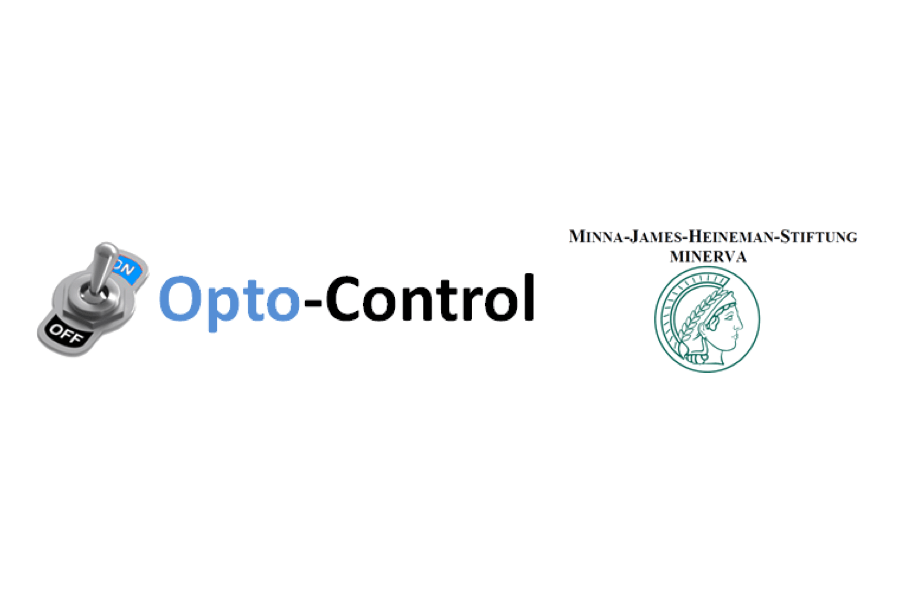Optogenetic dissection of prefrontal circuits for impulse control
The ability to control impulsive behavior and respond adequately to the environment is an important component of goal-directed behavior. Both humans and animals learn to adapt to their surroundings by suppressing maladaptive behavioral impulses. This process is thought to depend on the top-down modulation by the prefrontal cortex over lower-order circuits. The neural circuits involved are complex and often anatomically intermixed, which has prevented a full characterization with common technologies. The proposed project aims to use advanced projection-based optogenetic manipulation to establish the functional connectivity that supports two distinct types of impulse control: proactive and reactive stopping of an ongoing behavior. We will use in vitro and in vivo approaches to dissect the projection pathways from the prefrontal cortex to the basal ganglia and establish the synaptic basis for impulse control. In awake behaving animals, we will record neural activity associated with the stopping behavior, and ask how incoming prefrontal input modulates this activity. We will then trace the stopping commands into the basal ganglia and up to the neural responses in motor cortex.
Principal Investigators
Over Yizhar (Weizmann Institute)
Ilka Diester
